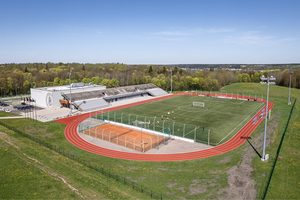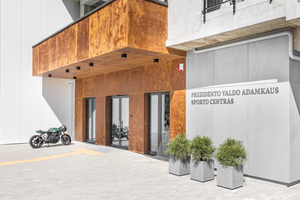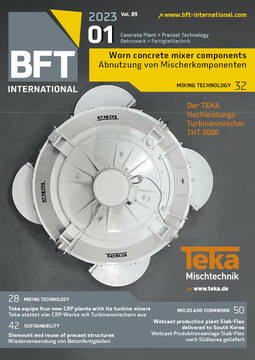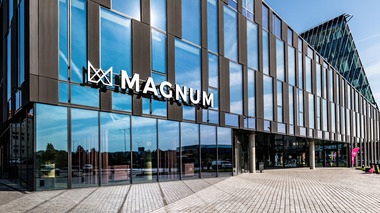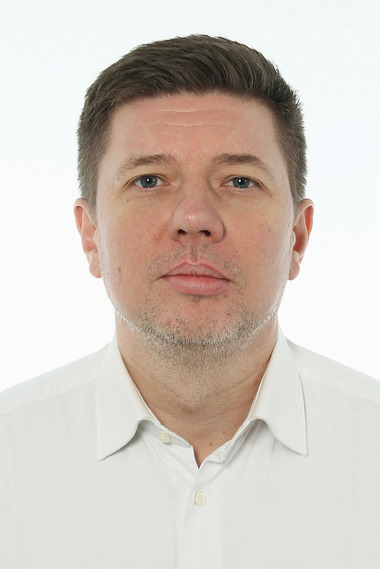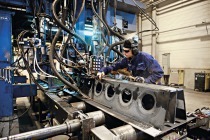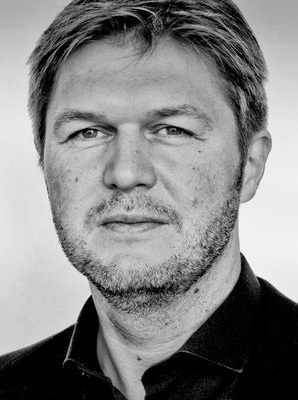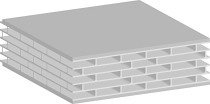Large-format UHPC façade elements for Lithuanian university sports center
The largest university sports center in Lithuania is located in Kaunas. It is part of the Vytautas Magnus University and was named after Valdas Adamkus, the former President of Lithuania and Honorary Doctor, who himself was very committed to sports. In addition to a soccer stadium with Tartan track, a long-jump pit and additional playing fields for other sports disciplines, there is also a grandstand building with 1,000 seats, a fitness room and a large annexed sports hall.
The façade of the grandstand building consists of more than 800 m² of large-format UHPC panels – of various dimensions up to 1,400 mm x 3,100 mm (W x H), with thickness of only 20 mm. The panels were manufactured by the company Hibeton, with headquarters in the Lithuanian capital of Vilnius, which specializes in manufacture of precast elements for façades and interior spaces as well as 3D concrete elements made of ultra-high-strength fiber concrete.
Sports facility with UHPC of elegant appearance
Nanodur Compound 5941 weiss served Dyckerhoff as the basis for the UHPC. Twenty tons of this special binder premix for ultra-high-strength self-compacting concrete were used for the entire project. The premix is outstandingly suited for manufacture of precast elements that must meet special requirements. In addition to sand (maximum particle size 0-2 mm) and various admixtures, the formula contains reinforcement in the form of thermoplastic synthetic fibers. Two types of panels were installed: 770 m² are light-gray, and 60 m² – mostly in the entrance area – are rust-brown and look more like corroded iron than concrete. This appearance was achieved by adding brown and red pigments as well as by carrying out a follow-up treatment of the completed precast elements with a watery solution of iron salts. This is not a common solution, but the company Hibeton has previous experience with this process, as well as with other metallic coloring from other projects. The light-gray panels also feature natural color variants that resulted from the formwork.
The reason for using panels of UHPC “was in particular because their mechanical properties and their durability are better than in comparable elements of glassfiber reinforced concrete (GFRP),” explains the manufacturer Hibeton. Since UHPC enables very small element cross-sections, the CO2 footprint of UHPC façades is considerably lower than that of normal concrete. For the façade of the University Sports Center in Kaunas, the binder left a footprint of approx. 11 kg of CO2 per square meter (net consideration: exclusively CO2 emissions from fossil fuels). The low weight of the panels, as a rule, reduces CO2 emissions for transport and crane services.
The German consulting and engineering office Durcrete, a technology partner of Dyckerhoff of many years, with experience in application of UHPC with Nanodur Compound 5941, supported the manufacturer in all phases of construction.
CONTACT:
Dyckerhoff GmbH
Biebricher Straße 68
65203 Wiesbaden/Germany
+49 611 676-0

